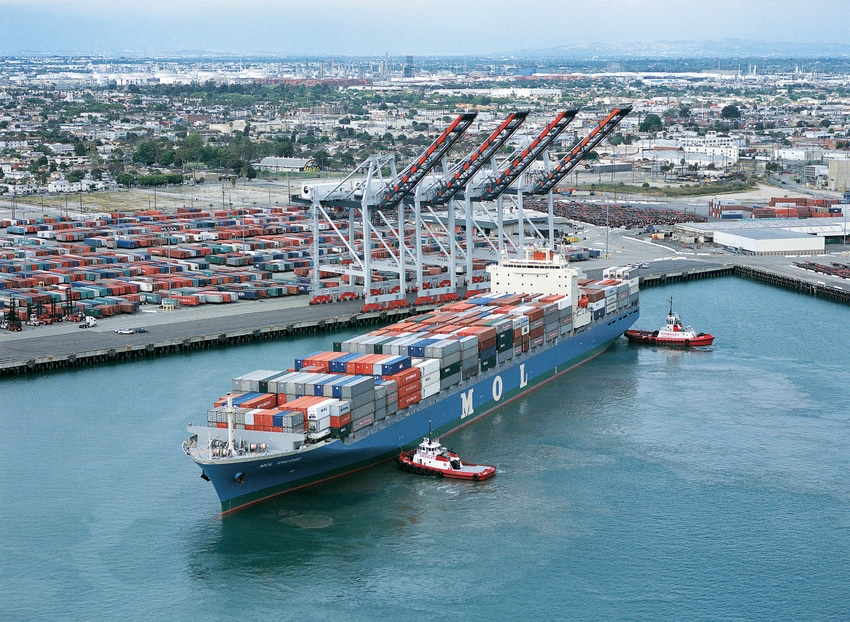Rabobank says Brazilian events affecting overall global poultry outlook.

The global poultry market is performing relatively well in the second half of 2018, despite being challenged by ongoing volatility in trade, particularly in Brazil, according to Rabobank’s “Poultry Quarterly Q4 2018.”
According to the report, challenges include European Union restrictions on several export plants in Brazil, the ongoing impact of the Brazilian trucker strike that occurred in the second quarter, the recent safeguard on Brazilian chicken imports set by China and the changing halal standards in Saudi Arabia. Global grain and oilseed price volatility due to drought and trade issues have also challenged the poultry outlook, Rabobank noted.
The report said Brazil’s poultry sector is currently being heavily affected by global trade restrictions, a weaker domestic market, the impact of the trucker strike and rising domestic feed prices due drought. In fact, Rabobank said all of these challenges resulted in a historic 20% decline of export volumes from Brazil in the second quarter compared to the first quarter of 2018.
While a correction did occur in July, Rabobank said trade figures for August already suggest that volumes are falling again.
“As Brazil is the world’s leading chicken exporter, this trade volatility has a big impact on global trade, especially as it creates swings in export supply and prices,” the report noted. On average, global poultry prices during the second quarter dropped sharply, especially for chicken and chicken legs, which were down 5% and 10%, respectively.
The global breast meat markets has also been affected, Rabobank said, as global trade almost completely relies on exports to the EU. Countries that can still export to the EU have seen a rise, but prices for Brazil’s exporters banned from the EU have dropped significantly, although the product has been diverted to Mexico.
The outlook for Brazil for the second half includes ongoing oversupply, Rabobank noted.
“Brazilian exports will need to show significant improvements in [the second half] in order to alleviate oversupply concerns, and ongoing weakness in the real might strengthen Brazil’s pricing position in trade,” the report said.
The report pointed out that countries like Ukraine and Latin American countries other than Brazil have actually benefited from the challenges this year. Export volume from the Ukraine reached record levels in the first half of 2018. Thailand has also benefited, but companies were not able to achieve higher prices because of local oversupply.
As for the U.S. and EU, Rabobank said the two countries are also gradually increasing export volumes.
“The U.S. has seen strong export to Cuba, Taiwan and Africa, while the EU is more focused on Southeast Asia, with rising exports to the Philippines and Vietnam,” the report said.
Avian influenza remains a concern for the global poultry sector during the second half of 2018 as the Northern Hemisphere approaches winter, the report said. Also, African swine fever outbreaks in China may indirectly affect the global poultry market if the virus spreads rapidly and causes significant liquidation, which will pressure all meat prices. However, Rabobank said this could reverse in 2019 if Chinese consumers turn from pork to poultry.
While all of these challenges can paint a somewhat pessimistic picture, Rabobank said the poultry industry is still in good shape in most regions of the world.
About the Author(s)
You May Also Like


.png?width=300&auto=webp&quality=80&disable=upscale)
